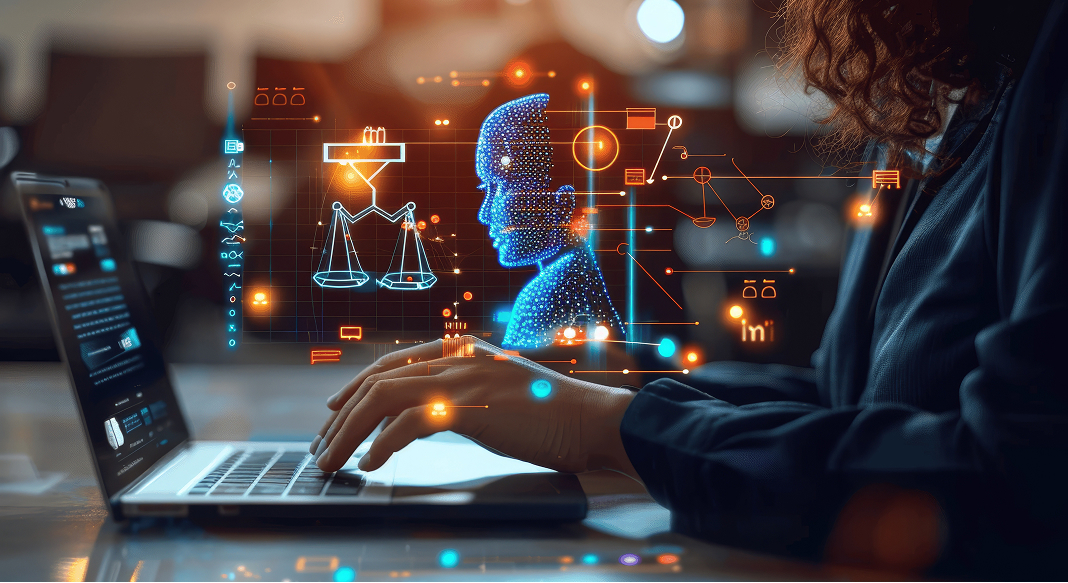
Ensuring the Future: A New Framework for AI in Critical Infrastructure
The U.S. Department of Homeland Security (DHS) recently unveiled the “Roles and Responsibilities Framework for Artificial Intelligence in Critical Infrastructure”—a groundbreaking guide for the safe and secure deployment of AI in the systems that underpin modern life. This collaborative effort, spearheaded by the Artificial Intelligence Safety and Security Board, brings together diverse expertise from industry, academia, civil society, and government to address both the promise and the challenges AI brings to essential services.
From energy grids and water supplies to transportation networks and digital infrastructure, AI is revolutionizing critical services, enhancing efficiency, resilience, and reliability. However, with these advancements come risks: vulnerabilities in AI systems could lead to catastrophic failures or exploitation by malicious actors. Recognizing this, the new Framework outlines voluntary guidance for all stakeholders in the AI supply chain, from developers to critical infrastructure operators.
Key Recommendations
The Framework identifies three main categories of vulnerabilities—AI-driven attacks, attacks on AI systems, and failures in design and implementation. To address these, it offers tailored guidance for key stakeholders:
- Cloud and Compute Infrastructure Providers: Ensure secure AI environments by vetting suppliers, safeguarding assets, monitoring anomalies, and aiding customers in risk mitigation.
- AI Developers: Adopt a “Secure by Design” approach, test for vulnerabilities, ensure privacy, and emphasize transparency and independent assessments for high-risk models.
- Critical Infrastructure Owners and Operators: Integrate AI responsibly with strong cybersecurity, data protection, transparency, and active performance monitoring to ensure safety and effectiveness.
- Civil Society: Universities, research institutions, and advocacy groups play a vital role in shaping AI’s impact. The Framework calls for their continued participation in developing standards, conducting research, and informing the ethical use of AI.
- Public Sector Entities: Support responsible AI, set safety standards, foster global cooperation, fund research, and advance regulations to protect the public.
Why It Matters
AI offers unprecedented opportunities for innovation in critical infrastructure. It can detect natural disasters earlier, prevent service outages, and optimize resource distribution. However, as DHS Secretary Alejandro Mayorkas emphasized, “The choices we make today about AI will determine its impact tomorrow.”
The Framework, while voluntary, aims to foster collaboration, harmonize safety practices, and build public trust in AI systems. It also addresses concerns such as civil rights protection, data governance, and transparency—key to ensuring AI serves everyone equitably.
A Call to Action
This is more than a document; it’s a call to action. For AI to deliver its transformative potential safely, stakeholders across sectors must adopt these guidelines and work collectively to mitigate risks. Whether you’re a developer, policymaker, or industry leader, the Framework provides a blueprint for using AI responsibly in systems that millions of Americans depend on daily.
As the AI era unfolds, collaboration and proactive governance will be critical. This Framework is a significant first step in ensuring AI’s role in critical infrastructure is innovative, secure, equitable, and aligned with the public good.
Now is the time to embrace the guidance, foster trust, and shape a safer future powered by AI.
Personal Perspective
AI has the potential to transform critical infrastructure, but it also presents significant challenges. The new AI Risk Management Framework is a vital tool to help organizations balance these opportunities and risks.
This Framework provides practical guidance, reinforcing what I’ve always believed: collaboration and a proactive mindset are essential for building a secure future. For AI to truly revolutionize, decision-makers must grasp both its potential and its risks, and education is key to bridging that gap.
At Cywareness, I’m dedicated to fostering resilience through advanced training, ensuring organizations are prepared to navigate AI’s complexities. By prioritizing innovation and robust cybersecurity, we can pave the way for a safer, AI-driven future.
